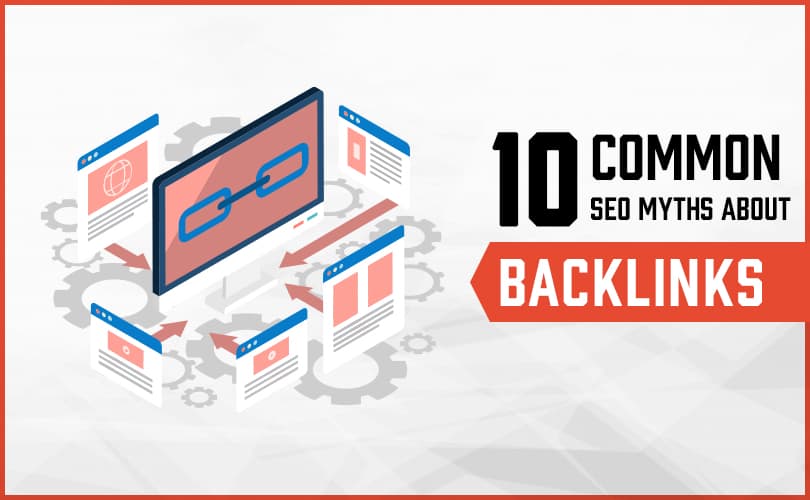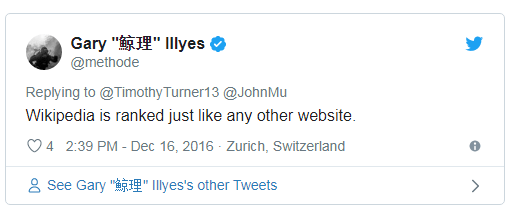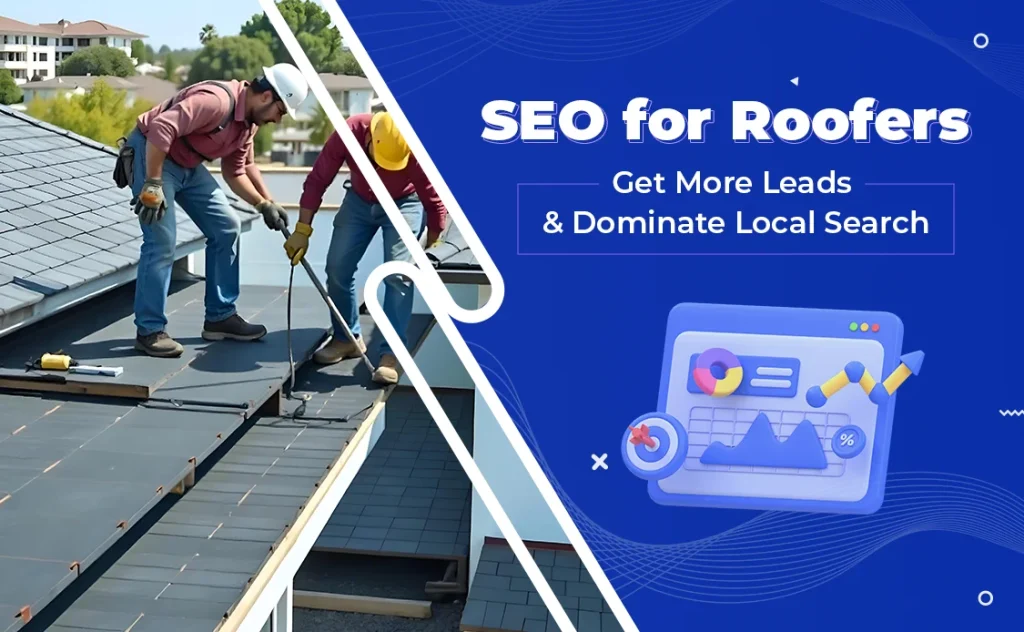10 Common SEO Myths about Backlinks

When it comes to the link building process, there are two options you have to choose from – White Hat or Black Hat. When you use the White Hat technique, your website will start ranking on Google SERP, but it will take some time to get there. While if you use the Black Hat technique, you’ll start ranking quickly but only for a short period of time. The Black Hat technique also has a higher possibility of your website getting penalized by Google.
There are several myths people still believe in when it comes to link building. In this blog, we’re going to explain a few of these myths and why they’re just that – myths.
1. All the links on a page have equal ranking value
One of the most common link building myths is that every link on the page has the same value, no matter its placement. While some people may believe this to be true, the placement of your links is actually very important. For example, when you place one link higher up in your article, it has a higher chance of being clicked than those which are placed later in the article.
Google has an application that will rank your document based on its feature data and user behaviour, ultimately describing factors that influence the value of your link.
- The font size of the anchor text
- The placement of the link
- The color links are highlighted with (blue, grey, etc.)
- Type of link (images, videos, etc.)
- The content around the link
This is the point where every SEO expert will discuss their link position and how it will rank.
2. No-follow links receive no link juice
Links that are followed by “rel=nofollow” are called no-follow links. People believe that these links are not important because they do not have any link juice, but here are a few factors that prove no-follow backlinks have SEO results. Believe it or not, they do help to drive traffic to your website!
- They help build your backlink profile.
- They are part of an organic, natural link profile.
- They help build website authority. (DA, PA)
Google recently introduced two new no-follow link attributes which being used to help Google users understand the nature of the links. One of the new links is rel=”sponsored”, which identifies the links on a website that were created for advertising, sponsorships, or similar agreements. The other link, rel=”ugc”, helps identify links that appear within user-generated content, such as blogs, comments, and forum posts.
3. High domain authority compliments good backlinks
There are still some people who think high-quality backlinks have higher domain authority, but there is no rule for this. Other metrics, such as Trust Flow and Domain Authority, help you compare your website with your competitor’s sites. It won’t help you get a good ranking on the Google SERP, nor will it affect your backlinks. Here are a few points that will help you identify a good link:
- Contextual Anchor Text
- Relevant Content on Link
- High Traffic Value of the Linking Domain
- Link Should be Valuable for Users
4. Commenting on blogs is outdated
Blog commenting, forum posts, and link directories still have value. These techniques will help you in getting backlinks from higher-authority websites, relevant websites, natural link earning, and several more.
You simply need to find relevant websites, blogs, forums, and directory sites and try to backlink from those. If you get a link from a website that is not relevant to you, it won’t be as valuable as other links would be.
5. External links have more value than internal links
Another myth is that external links are more valuable than internal links. If you want to know the true answer to this (that they aren’t) you can do so by conducting one simple experiment on your website. Take any page on your website that has quality content, but is still not ranking on SERP, then link that page to those pages that are both relevant and ranking well on Google. By completing this internal linking, you can see that page start to rank well on Google. It’s because you have transferred the power of your page to the internally linked page. By doing this, visitors will spend more time on your website, decreasing your bounce rate.
6. Creating lots of backlinks is good
You can easily build several backlinks, but this won’t help your website rank well if they aren’t relevant. It’s best to remove low-quality backlinks by submitting a disavow in Google, which asks Google to value those particular links or domain that is posting to your website.
Examples:
# Two pages to disavow
http://spam.example.com/stuff/comments.html
http://spam.example.com/stuff/paid-links.html
# One domain to disavow
domain:xyz.com
By doing this, you can remove low-quality links, allowing your website to link better on Google SERPs.
7. Irrelevant Linking to Your Niche Won’t Support Your Website’s Organic Ranking
It’s easy to understand that when ranking your website, you’ll need relevant links. But if you’ve linked from a irrelevant website that has high authority, you have no reason to worry. Google will allow these links if they are:
- Given by the Editor (Editorial Backlink)
- Comes from local directory, local citations, business listings, or social media
8. SEO is all about backlinks
One of the biggest backlinking myths is that SEO is all about these links. There is so much more to SEO than just creating backlinks; they are simply one component of this strategy. There are more essential things to focus on if you want to create a website that will rank well in Google. These include the following:
- Technical SEO: A process of optimizing your website for the crawling and indexing stage. During this process, search engines will access, crawl, interpret, and index your site without complications.
- On-Page SEO: On-page SEO is the method of optimizing web pages of your website to rank higher and earn more relevant traffic from search engines. On-page SEO relates to both the content and HTML source code of a page that can be optimized.
- Off-Page SEO: Off-Page SEO is related to techniques you can use to improve a website’s position on SERPs (Search Engine Result Pages). Simply put, Off-Page SEO is the method of promoting your website to rank higher on a search results page.
9. Links From Wikipedia Guarantee Top Ranks
People believe that when you get rankings from high-authority websites like Wikipedia, it will boost your website’s ranking quickly. But this couldn’t be further from the truth. Google ranks Wikipedia and other high-authority websites just like every other website does – they calculate the page ranking value of links to that website. Garry Illyes even made this statement on his personal Twitter page!
This statement clears that Wikipedia, just like other high-ranking websites, don’t receive special treatment from Google. Instead, it works on getting internal links to achieve higher success.
10. Guest Posting for Link Building is Dead
After Matt Curtis made the statement, “guest posting died.”, most people believe it’s true. They think that Google won’t reward you for writing articles or blogs for other websites. But this isn’t what he meant; Matt was actually saying that everybody should stop writing irrelevant content for backlinks. Guest posting is still one of the best and most useful link building tactics used today; it’s also beneficial for the writers and publisher’s website.
We hope this article has helped to clear up some of the biggest SEO backlinking myths that people may not be aware of. By following these points, you can easily increase your knowledge and understanding about SEO. If you have more questions or would like additional information, feel free to contact Cibirix Digital Marketing Agency today at . We would love to help you grow digitally!
About Author
Amrita Khandelwal
Amrita is one of the professional SEO analyst for the Cibirix marketing team. She applies her in-depth knowledge and experience to help boost website rankings for both our B2B and B2C business clients, ultimately producing more traffic for their sites. She is intentional about creating an individualized link-building strategy that’s not just creative, but ethical as well – she’s always careful not to violate any of Google’s SEO policies. Amrita believes in building links which will elevate our clients’ respective brands both effectively and sustainably. During her spare time between SEO projects, Amrita loves to read books and follow blogs related to nutrition and yoga.



